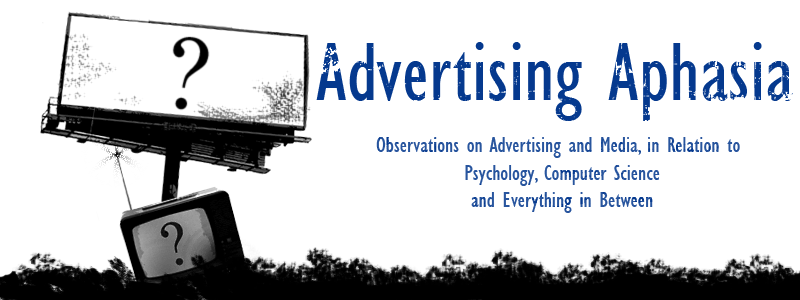If you didn't get one of these in the 1990's, you weren't checking the mail enough....
A comparison involving AOL in its hey day may conjure up certain memories (ever-present cd mailers, paying to play such cutting edge games as SNIPER), but its worth going back and highlighting exactly how prominent the ISP/portal was in the market. AOL's role wasn't just as a site or a network, but, given the lack of any real broadband until the late 90's, also as the actual connection to the internet.
Once connected, AOL offered a consolidated internet experience, providing user communication (chat, IM, email), media sharing/identities (message boards, photos, profiles) & entertainment (shopping & games). AOL's walled garden was the primary destination for users to do everything they needed, with the rest of the internet being offered primarily through the AOL branded web browser. The network structure allowed the brand to be in control of almost all of the user experience, sitting as a layer between the user and the rest of the internet, though it also required that a large amount of development be done in house.
Source: Pew Research Center
As broadband increases, dial up internet peaks in 2001, before declining to negligible numbers today.
AOL's heavy development requirements became increasingly important as external internet access/broadband penetration increased competition from other options. AOL's connectivity offering granted the network a position as a user's first destination within the internet. However, as dial up penetration began to decline and broadband share moved to replace it, AOL found itself reinventing as a content portal instead of just an ISP, throwing down any part of the 'walled garden' it once used. Once competition raged, the variety of growing internet content left AOL knocked well below its original prominence and users going to multiple sites based on their content needs.
I realize this chart is a rather general estimation of 5-8 years of very complex internet development, but running out of logo space is running out of logo space.
The internet post central ISPs such as AOL is the fragmented, but robust offering of recent memory (or possibly still currently). As generalist sites/portals such as AOL were beat by specialist offerings (why not go game at a site like Yahoo! games or Newgrounds), the primary location of internet users became a sequence of daily destinations. This ordering of daily sites led to micro-struggles for prominence within categories, instead of a macro-competition. While before, the competition was AOL vs. competitors or AOL vs. the disparate internet, struggles now existed between singular sites and networks. For example, within Microblogging, sites such as Pownce gave way to Twitter and Tumblr, with each competing to be the user's main destination within the sector, not overall.
It is this overall ecosystem that has positioned Facebook in a similar space as our starting point with AOL. The network has grown to feature a robust internal and external network of content, strengthening its position as not only the most prominent site in a user's daily online destinations, but aiming to move into a different category, a layer slightly above the internet. Looking at current features on Facebook, it seems to increasingly mirror that of the ISP AOL, as it internally offers:
-Communications (groups, IM, status updates, notes & most recently Facebook Message Center)
-Shopping/Marketing (Marketplace, Pages)
-Entertainment (Apps, Games)
-Content Sharing (Photos, Video, Profiles)
In this sense, Facebook has aimed to consolidate utility for the visitor, keeping a product offering more diverse and useful than most competitors can provide.
Unlike AOL , no purely walled garden exists for Facebook as any shortcomings are strengthened through integration (i.e. Shopping on Amazon.com or brand websites using features such as Facebook Connect, Blogs or Microblogs can be syndicated easily to pages or the news feed), extending the reach of the network without costly development. Facebook's application development structure and API have also brought a network of developers in to enrich internal content. Gaming companies, lured by the possible player base size, have created successes such as Farmville, drawing upwards of 10 million daily users to the network to play, all the while stemming off possible external competition.
Facebook's external integration brings website content into the site rather seamlessly. This content aggregation is increasingly helped by leveraging Facebook user accounts as a tool to access data on other websites, through which Facebook aims to make the web more socially integrated. Facebook's content ethos has been the antithesis of what occurred with AOL, as the more content that can be easily shared through the network (from general sites, other social networks and competitors), the greater the value of the overall experience. In this way, Facebook avoids 'micro-competition' by being an audience multiplier, not a competitor to media platforms, websites & social networks.
The difference between AOL & Facebook's integration strategies means the way forward is different for the internet's most prominent social network. However, just as AOL faced its largest challenge in broadband and the wider internet, Facebook must reconcile its position relative to upcoming trends in search. Technological shifts in the market towards more efficient search threaten to be the largest challenge to Facebook's 'integrated garden' strategy. The company must move forward to meet both market trends and competitors such as Google, in serving up information based on the organization's strengths. The patent of social graph search Facebook obtained earlier this year is a start, but users expect a functionality in line with the network's current position on the internet. Just as AOL failed to adapt widely and quickly enough to emerging changes, Facebook must keep up the pace of innovation or risk being knocked from ubiquity in the same manner.











































